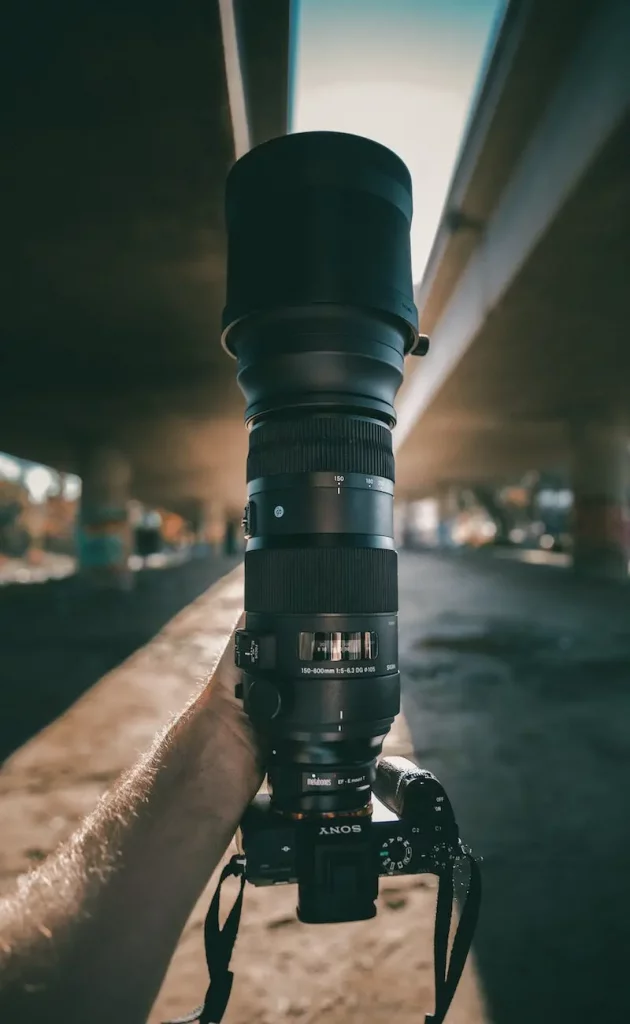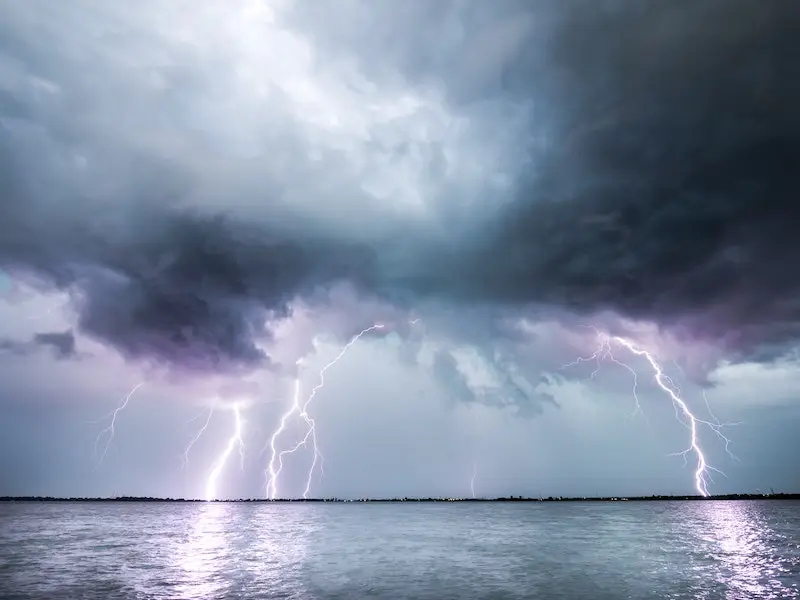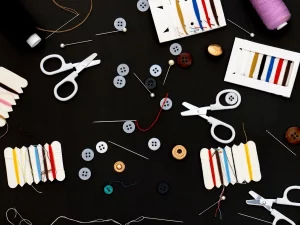When it comes to necessary photography equipment, the lens occupies a significant place, almost to the same extent as the choice of the camera itself. But then, how do you make the right decision to make sure you get the pictures you want?
To answer this question, we will first take a look at what a lens is and what it is used for, in order to make a better choice. Then we’ll look at the compatibility features so we can fit the right lens to the right camera. Then we will look in more detail at the families of lenses as well as some basic notions allowing us to understand the technical characteristics of photo lenses (focal length, angle, aperture, stabilization, zoom, etc.).
Once these notions are explained, it will be up to each photographer to find the quality of lens they need for their projects.
Table of contents
The photo lens, the receptacle of light
Like an eye, the lens is the entry point of light, regardless of the angle used. And like eyes, different types of lenses meet different needs. A camera without a lens is a bit like a myopic person without glasses: colors and masses can be distinguished, but no precise image emerges. But according to the photographer’s wishes, specific criteria must be met for specific lens performance:
- desire to take wide-angle or panoramic photos;
- long-range zoom or macro-proximity zoom (e.g.: packshot);
- photographs of portraits;
- wide-angle landscape photography;
- etc.
To do this, a lens is like a tunnel containing lenses in a row, allowing (depending on their number, thickness, distances, etc.) you to capture the light and then select and center a desired subject.

A multitude of lenses for a multitude of cameras
As we have said, a camera lens is sometimes as important as the camera on which it is mounted. Among the wide range of camera brands available (Canon, Nikon, Sigma, Sony, Pentax, Tamron, etc.), it is also important to understand that there are many different lenses with different characteristics, manufacturers, but also mounts. One might think, incorrectly, that a lens of brand X could only be mounted on a camera of the same brand. But this is not a hard and fast rule.
For example, some Sigma lenses can be used on Sony cameras. For better navigation, there are frame standards (EF, DX, RF, A, E, etc.) which allow us to learn precisely if the camera is compatible with the desired lens and vice versa. Refer to the manufacturers’ specifications. You should also know that adapters exist to help combine the lenses and cameras together.
Lens prices can rise rapidly and sometimes exceed the price of the camera. When making a purchase, it is important to ensure that the lens is not only compatible with the project but also compatible with the camera. Some cameras accept lenses other than those initially installed (DSLR, hybrid), but others, on the contrary, cannot receive other lenses (compact). This is something to think about before you buy a camera or a lens.
The main families of lenses
Without being able to repeat here the exhaustive list of all the technical characteristics of a lens, let’s try to grasp the main points. A small reminder about the focal length to better understand its role: it is the distance expressed in millimeters that separates the sensor (APS or full format) from the center of the lens. Also called “focal lengths”, they are noted on the lenses or in the instructions.
Wide-angle lens
Wide-angle lenses have a short focal length which allows them to obtain a wider plane for the photo. This will be preferred, for example, when choosing a perspective of several objects or when taking a picture when you do not have an adequate distance (such as a wall in the back for a wide-angle shot). The focal length must therefore be short. This lens focal length can be combined with the focal length of the camera.
The telephoto lens
A telephoto lens has a higher focal length (called a telephoto lens from 70 mm focal length). This makes it possible (unlike the wide angle) to capture light from a more precise point farther away from the observer. This corresponds to a zoom effect while maintaining the maximum sharpness of the subject. The technique of a telephoto lens is similar to that of an astronomical telescope in principle.
The multipurpose lens
At the crossroads of the previously mentioned lenses, we can find the multipurpose lens. It allows multiple compositions thanks to a dynamic focal length. It is an adaptable compromise depending on the photo shots required. It is expressed by two numbers in succession expressing the shortest focal length it can achieve as well as the longest (for example, "lens 24mm – 105mm").
The more advanced technical characteristics of photo lenses
Beyond the lenses seen above, there are many other features that allow you to photograph according to your desires.
The aperture, a key parameter
The focal aperture value is a number that determines the amount of light admitted into the sensor. Often called f/x or 1:x, it allows you to play on the effects of sharpness in the foreground to highlight a subject on a blurred and grainy background. The aperture is also crucial in macro photos.
Stabilization for a longer photo time
In order to compensate for the sometimes erratic movements of the photographer, some lenses are equipped with stabilization. Without being able to compensate for too great a range of movements, it is nevertheless an important element to consider when photographing by extending the exposure times sometimes sought in certain styles of photography. For example, for photos of lightning during a thunderstorm.

Autofocus
Autofocus is a technology controlled as much by the lens as by the camera. This consists in letting this set automatically determine which subject to photograph. A balancing act of the received light allows this feat which, very often, satisfies the photographer. However, it is often possible to turn off this option and switch to manual focus for the more demanding photographers.
The final choice, a matter of compromise
As we have seen, choosing a lens requires a number of considerations regarding the desired parameters. It’s a subtle combination of:
- the will of the photographer regarding their projects and ambitions;
- the compatibility of the equipment between lens and camera;
- the budget to be devoted to this investment;
- all the characteristics sought (aperture, zoom, angle, case and lens focal length, quality of the optics, etc.).
It is therefore up to each photographer to ask themselves the right questions to succeed in making the right choice when purchasing one or more photo lenses. The technical nature of such accessories makes it necessary to be well informed about the technical characteristics and to devote a considerable amount of time to fully understanding which lens is the best match.
You should keep in mind that choosing a lens means choosing the first accessory that will receive the light of the subject being photographed. Its focal length, its aperture, its zoom, its angle of capture, etc. are all parameters that must be selected to give the desired result.
- Everything you need to know to get started in photography
- How do I choose an external flash?
- What equipment should I use to take portrait photos?
- What equipment should I use to take landscape photos?
- Which computer should I choose for photo editing?
- How do I create a photo studio?
- Lighting solutions in photography
- Equipment for creating sports photos
- Equipment for wildlife photography
- How can I develop my own photos?
- How do I choose a camera tripod?










